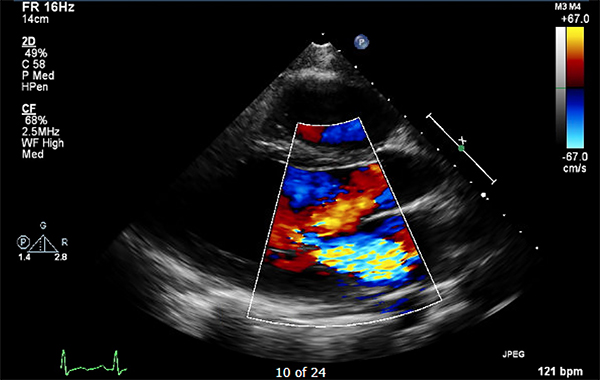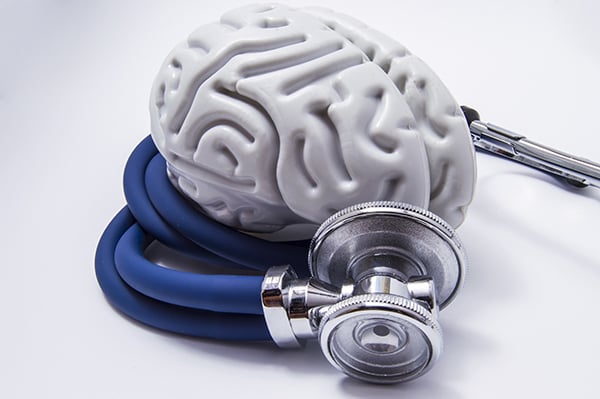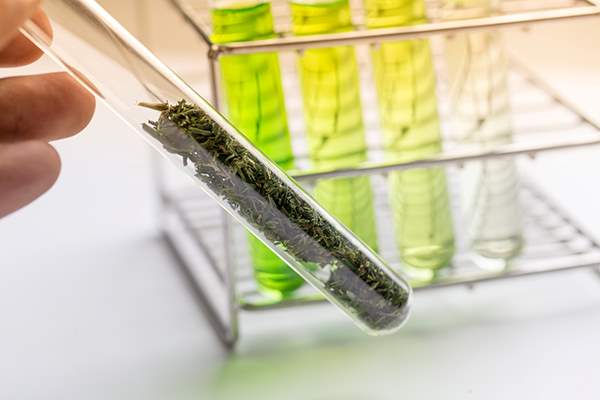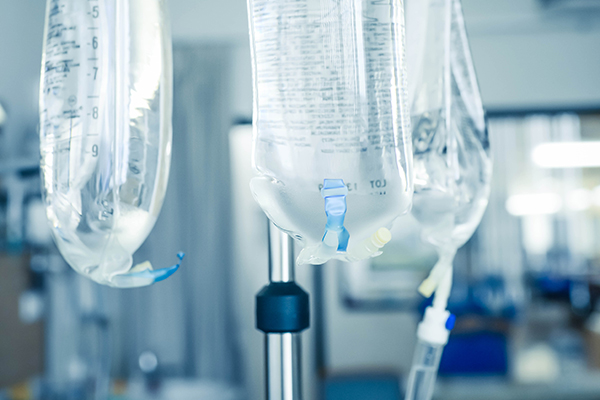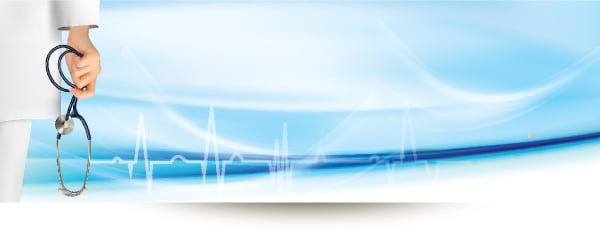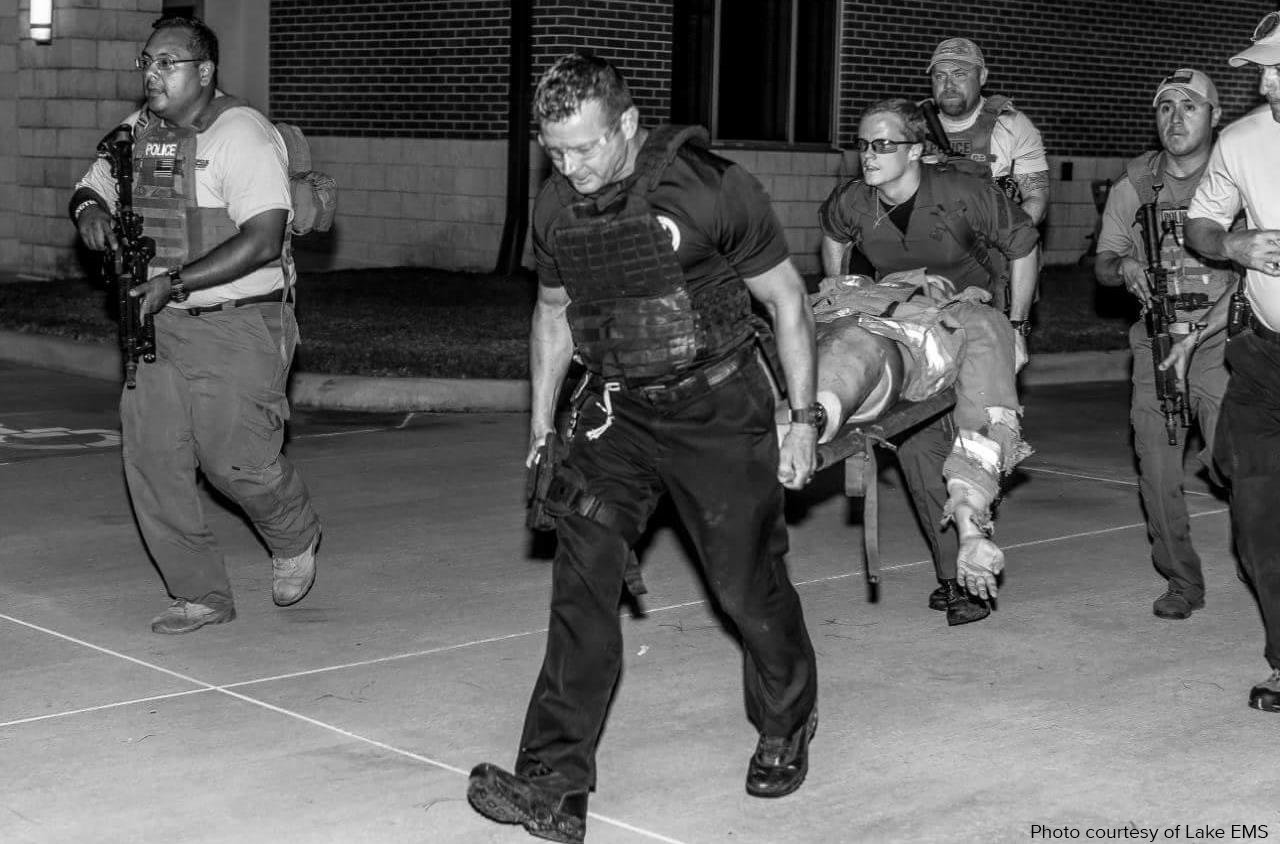Browsing: Clinical
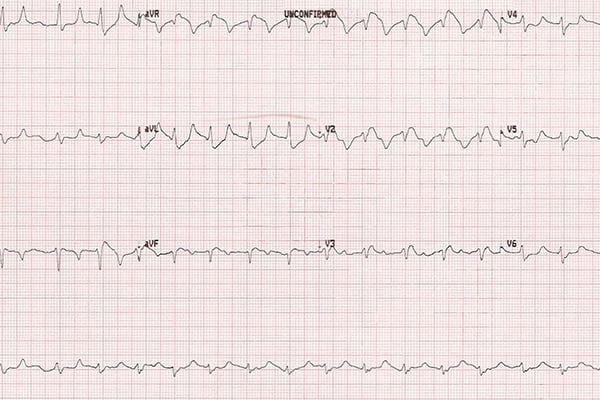


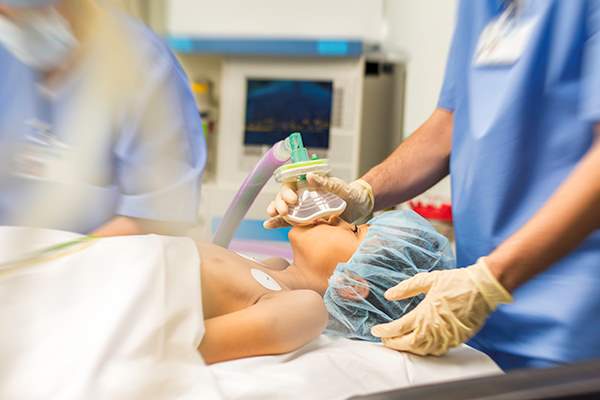
Grants
,
Simulation
,
Airway
,
Pediatric EM
,
Medical Education
In EDs where pediatric volume is low, pediatric sedation is a low-frequency, high-consequence procedure, in which the nature of the medications and procedure are all the risks of airway management and
Pediatric Sedation Simulation for Emergency Medicine Residents: Improving Patient Safety with Standardized Procedural Checklists
8/17/2018 Lawrence Lau, MD , Xiao C. "Tony" Zhang, MD, MS , Ronald V. Hall, MD, FACEP , Crystal Waters, MS , Nathan Duncan , Elizabeth Lee, MD , Kory S. London, MD, FACEP , Dimitrios Papanagnou, MD, MPH